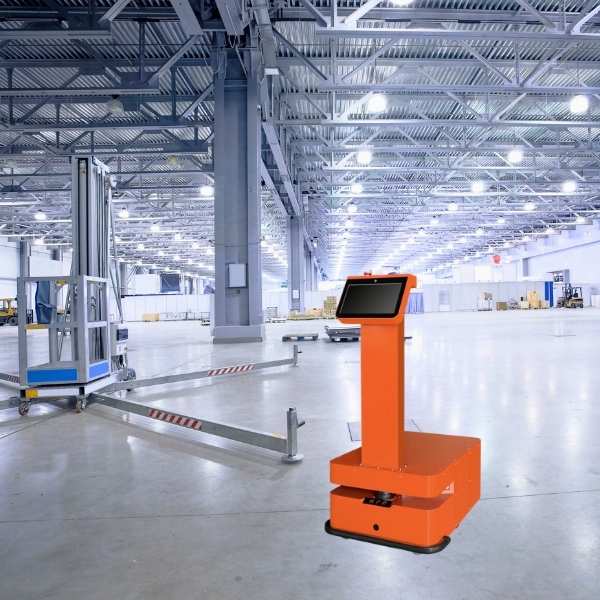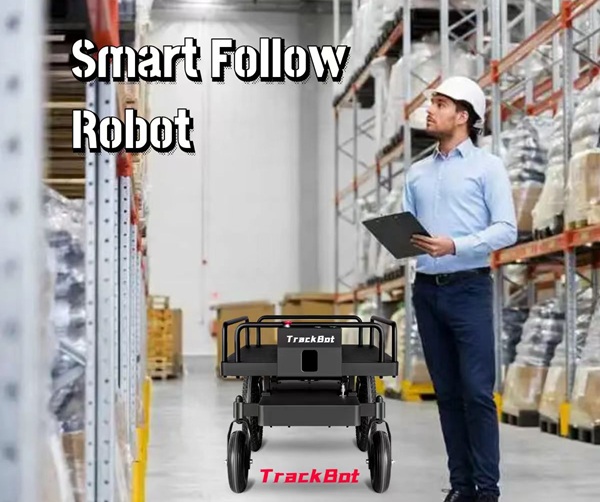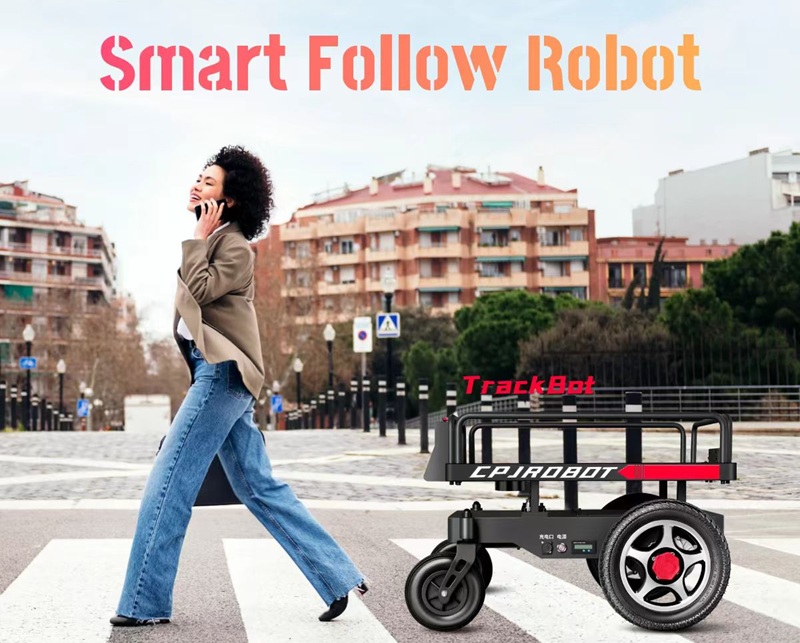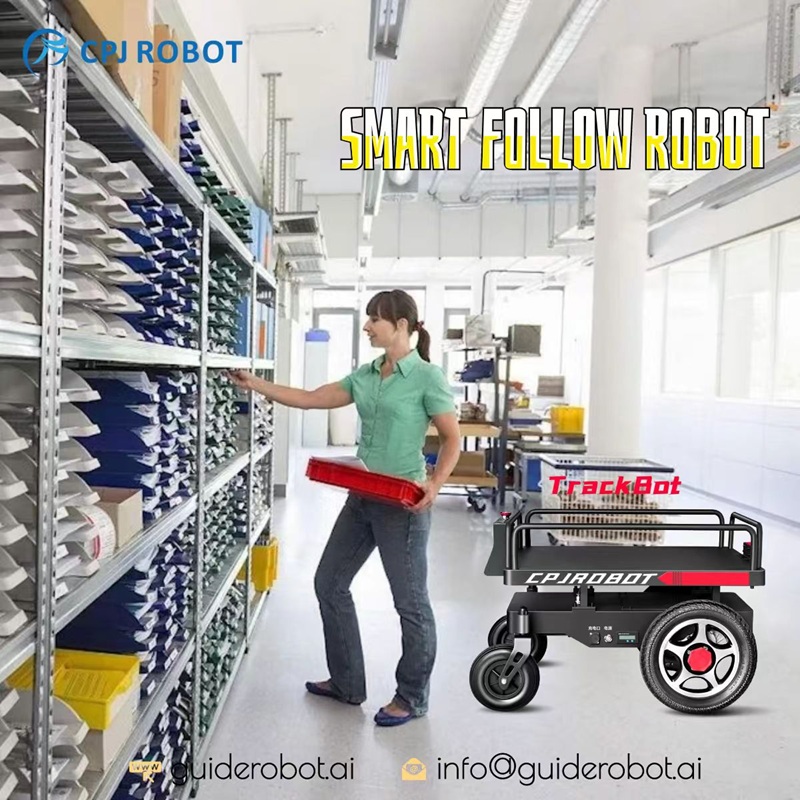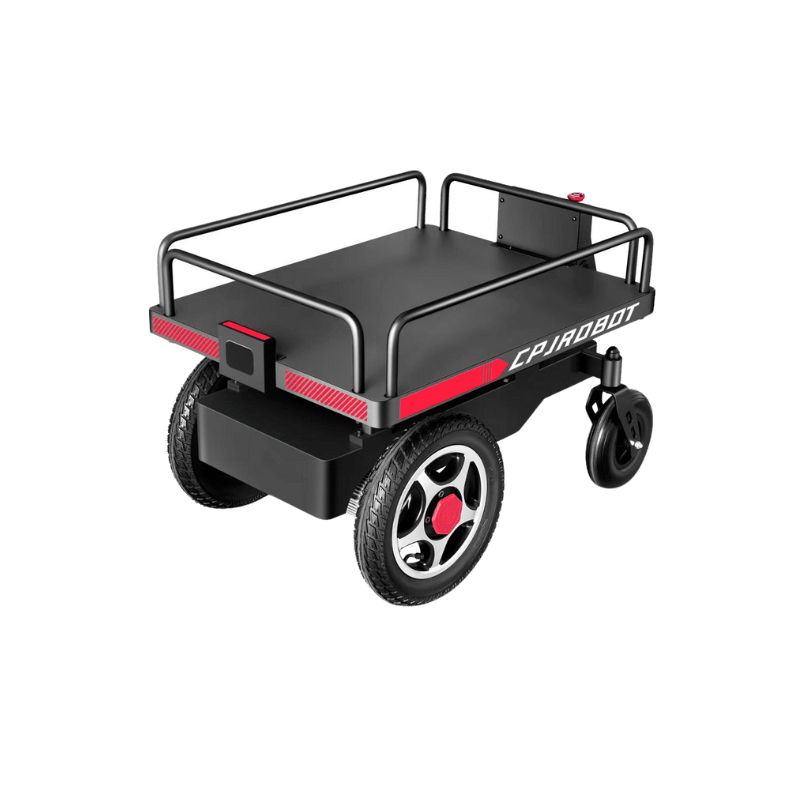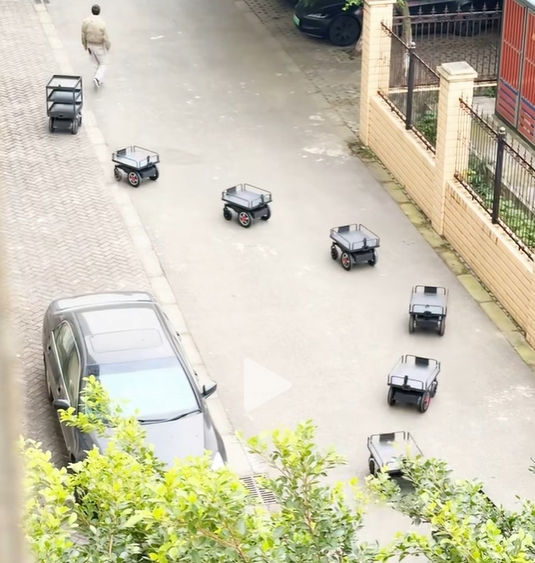Automated Guided Vehicles (AGVs) are at the forefront of modern logistics and manufacturing. One crucial feature that makes them safe and efficient is obstacle avoidance technology. By leveraging advanced sensors and algorithms, AGVs navigate environments seamlessly while avoiding collisions. This blog delves into the key aspects of AGV obstacle avoidance—its definition, working principles, methods, and applications.
Seed Keywords: AGV obstacle avoidance, AGV navigation, POE LiDAR
What Is AGV Obstacle Avoidance Technology?
AGV obstacle avoidance technology enables vehicles to sense and avoid obstacles in real time, ensuring both operational safety and efficiency. By detecting and analyzing environmental data, AGVs can plan optimal routes and implement avoidance measures, such as stopping, rerouting, or adjusting speed, to maintain smooth operations.
How AGVs Avoid Obstacles: Key Principles and Methods
1. Sensor-Based Perception
AGVs rely on multiple sensors, including:
- LiDAR (Light Detection and Ranging): Provides high-precision 2D or 3D maps by scanning the surroundings.
- Vision Sensors: Capture and analyze visual data for advanced obstacle detection.
- Ultrasonic Sensors: Detect obstacles through sound wave reflections, useful in close-range navigation.
These sensors continuously collect data to identify obstacles’ distance, shape, and position.
2. Obstacle Recognition and Classification
Advanced algorithms process sensor data to classify obstacles based on:
- Type: Stationary vs. moving objects.
- Size: Large machinery vs. small tools.
- Movement State: Static or dynamic obstacles.
3. Path Planning and Dynamic Avoidance
Using the classified data, AGVs employ path-planning algorithms to identify the safest and most efficient routes. Dynamic avoidance allows real-time adjustments, enabling AGVs to bypass obstacles while staying on track.
4. Decision-Making and Execution
Once an obstacle is detected:
- The AGV slows down or stops.
- Executes planned maneuvers, such as rerouting or resuming movement once the obstacle clears.
This ensures a seamless operation without compromising safety.
Real-World Applications of AGV Obstacle Avoidance
1. Manufacturing and Assembly Lines
AGVs enhance production efficiency by safely transporting materials and parts in crowded environments.
2. Warehousing and Logistics
In warehouses, obstacle avoidance ensures AGVs efficiently move goods without causing disruptions, even in tight or dynamic spaces.
3. Healthcare Facilities
Hospitals utilize AGVs to deliver medical supplies, relying on obstacle avoidance to navigate around staff and equipment safely.
4. Commercial Services
From restaurants to retail, AGVs with obstacle avoidance provide contactless deliveries and customer assistance, ensuring safety in crowded public areas.
Why LiDAR is a Game-Changer for AGV Navigation
POE LiDAR, a solution offered by CPJ ROBOT, is revolutionizing AGV obstacle avoidance. By providing unparalleled precision, it enables AGVs to:
- Detect obstacles with millimeter-level accuracy.
- Operate effectively in complex, dynamic environments.
- Generate real-time 3D maps for optimal navigation.
Future Prospects of AGV Obstacle Avoidance
As innovation continues, obstacle avoidance technology will further advance to ensure greater adaptability in environments with increased complexity. This progress will drive AGVs to become more integral to industries like smart logistics, automated manufacturing, and healthcare.
Ready to Innovate with CPJ ROBOT?
CPJ ROBOT specializes in cutting-edge POE LiDAR solutions and AGV manufacturing. Whether you’re looking to enhance logistics, streamline production, or revolutionize service delivery, our technology empowers your operations.
Get in touch today to explore how CPJ ROBOT’s AGVs and LiDAR solutions can redefine your business.
